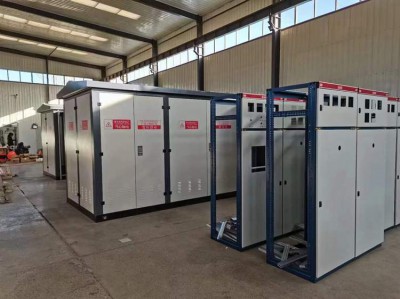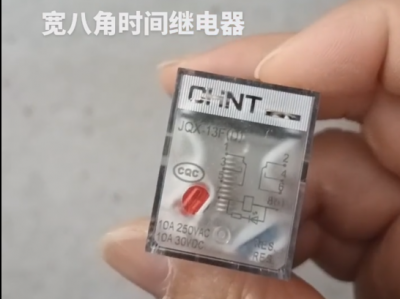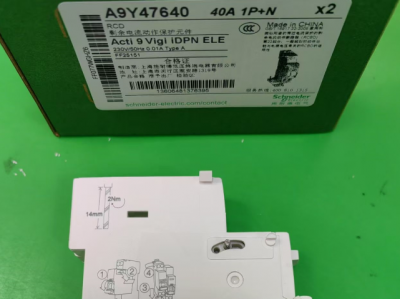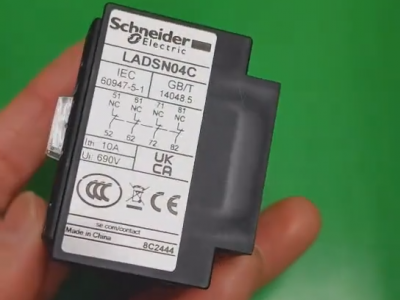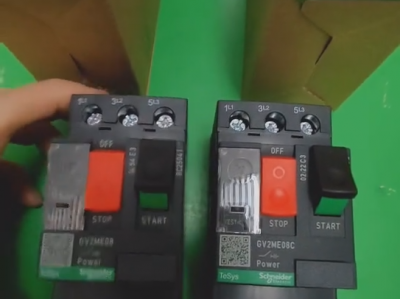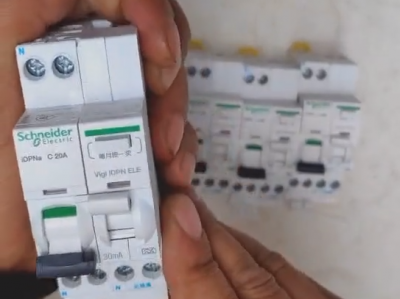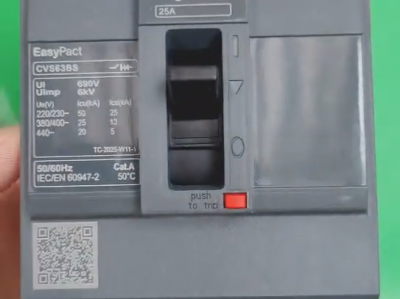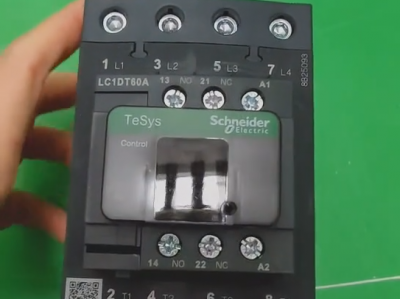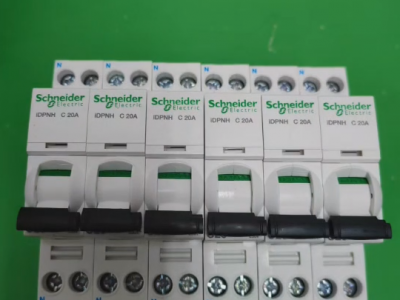Chint Circuit Breaker NBH8-40 Series
Product description
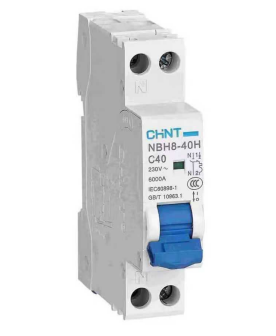 The Chint circuit breaker NBH8-40 series is a small-sized circuit breaker specifically designed for terminal power distribution in residential, commercial, and industrial settings. The following is a detailed analysis of its core information:
The Chint circuit breaker NBH8-40 series is a small-sized circuit breaker specifically designed for terminal power distribution in residential, commercial, and industrial settings. The following is a detailed analysis of its core information:
I. Technical Parameters and Functional Features
1. **Basic Parameters**
- **Rated Voltage**: AC 230V (suitable for single-phase circuits).
- **Rated Current**: Ranging from 1A to 40A (such as 1A, 2A, 3A, 4A, 6A, 10A, 16A, 20A, 25A, 32A, 40A), meeting different load requirements.
- **Number of Poles**: 1P+N (cutting off the phase wire and the neutral wire simultaneously), enhancing safety.
- **Interrupting Capacity**:
- **NBH8-40**: 4500A (conventional type).
- **NBH8-40H**: 6000A (high interrupting type), suitable for scenarios with high short-circuit currents.
- **Tripping Characteristics**: Type B (tripping at 3-5 times the rated current, suitable for resistive loads) and Type C (tripping at 5-10 times the rated current, suitable for inductive loads).
2. **Safety Design**
- **Two-pole Cutting of Phase Wire + Neutral Wire**: Avoids the risk of electric shock caused by incorrect wiring or potential shift of the neutral wire.
- **Energy-storage Operating Mechanism**: The closing speed of the contacts is not affected by manual operation, reducing arc burning and extending the service life.
- **High Protection Level**: IP20 protection prevents the intrusion of foreign objects.
3. **Certifications and Standards**
- Complies with GB/T 10963.1 (Chinese standard), IEC/EN 60898-1 (international standard), and has passed multiple certifications such as CCC, CE, SEMKO, VDE, etc.
II. Application Scenarios
1. **Residential Power Distribution**
- Used for overload and short-circuit protection of branches such as lighting, sockets, and air conditioners to ensure the safety of household electricity use.
2. **Commercial and Industrial Applications**
- Suitable for terminal power distribution in places such as office buildings, hotels, and small factories, protecting low-power equipment and circuits.
3. **Special Environments**
- The operating temperature range is from -5°C to +40°C, with a pollution degree of Level 2, and it can operate stably in ordinary environments.
- When the altitude is ≤ 2000m, there is no need to derate. When it exceeds this height, refer to Chint's official derating factor table.
III. Installation and Accessories
1. **Installation Method**
- **Rail Installation**: Using the TH35-7.5 standard rail, it supports quick plugging and unplugging, saving space.
- **Wiring Requirements**:
- The cross-sectional area of the copper wire needs to match the current specification (for example, 16A corresponds to 1.5mm², and 40A corresponds to 6mm²).
- The tightening torque is 1.5N·m to ensure reliable contact.
2. **Optional Accessories**
- **Auxiliary Contact (XF9)**: Used for remote signal indication (such as the status feedback of the circuit breaker).
- **Shunt Trip (S9)**: Supports remote control of opening (requires an external 24V power supply).
- **Undervoltage Release (V9)**: Automatically cuts off the circuit when the voltage is abnormal.
IV. Price and Purchase Channels
1. **Price Range**
- The price of a single-pole (1P+N) circuit breaker is approximately [incorrect price data here]. The specific price depends on the current specification and interrupting capacity (for example, the price of the NBH8-40H high interrupting type is slightly higher).
- There may be discounts for bulk purchases or through dealer channels.
2. **Purchase Channels**
- **Online Platforms**: [Incorrect information here]
V. Common Problems and Maintenance
1. **Frequent Tripping of the Circuit Breaker**
- **Cause**: The load current exceeds the rated value, the circuit is short-circuited, or the wiring is loose.
- **Solution**: Check the load power, troubleshoot the short-circuit point, and tighten the wiring terminals.
2. **Inability to Close the Circuit Breaker**
- **Cause**: There is still a short circuit in the circuit, or the tripping mechanism has not been reset.
- **Solution**: Eliminate the short-circuit fault and manually reset the tripping handle.
3. **Accessory Compatibility**
- Some accessories (such as the S9 shunt trip) need to match the circuit breaker model. It is recommended to consult the supplier or refer to the manual.
4. **Service Life**
- The mechanical life is 10,000 times, and the electrical life is 20,000 times. Regularly check the wear condition of the contacts.
VI. Alternative Models and Discontinuation Status
- **Alternative Models**: Chint mainly promotes the NXB series (such as NXB-40), which has a higher interrupting capacity (6kA), and its size is compatible with the NBH8-40, and it can be directly replaced.
- **Discontinuation Status**: The NBH8-40 series is still available from some dealers, but Chint's official website has gradually reduced the promotion of this series. It is recommended to give priority to the NXB series to ensure long-term support.
VII. Precautions
1. **Model Selection Suggestions**
- Select the Type B or Type C tripping characteristics according to the load type (resistive/inductive).
- The rated current should be greater than the maximum load current (it is recommended to reserve a 20% margin).
2. **Installation Specifications**
- Installed by a professional electrician to ensure correct wiring and firm fixing of the rail.
- Avoid using it in humid and corrosive environments.
3. **Safety Tips**
- Cut off the power supply before maintenance to prevent electric shock.
- Regularly check the status of the circuit breaker and replace aging components in a timely manner.
For further information, you can visit [Chint Electric's official website] or contact the customer service to obtain the product manual and information of authorized dealers.
Please note that the content in the original text with incorrect or unclear information (such as the incorrect price data and the wrong online platform information) has been noted in the translation. You may need to correct and supplement this information for a more accurate description.

